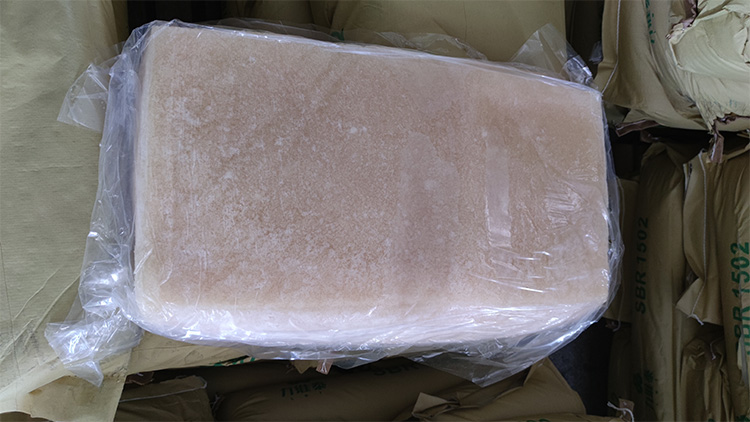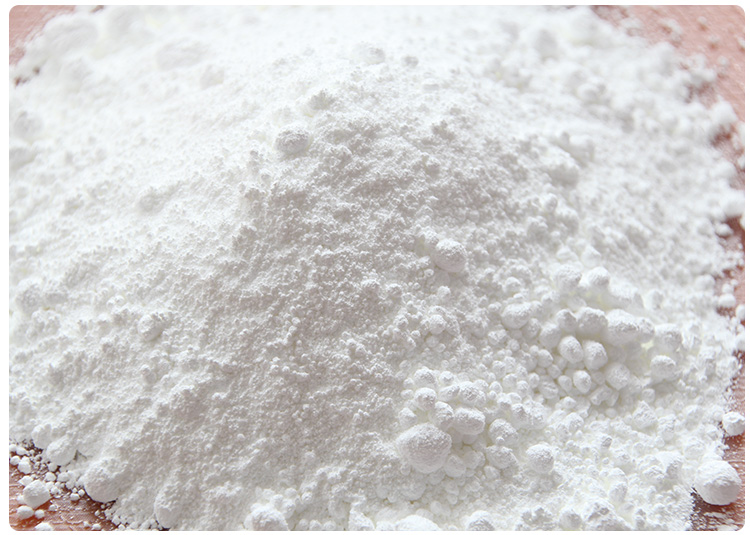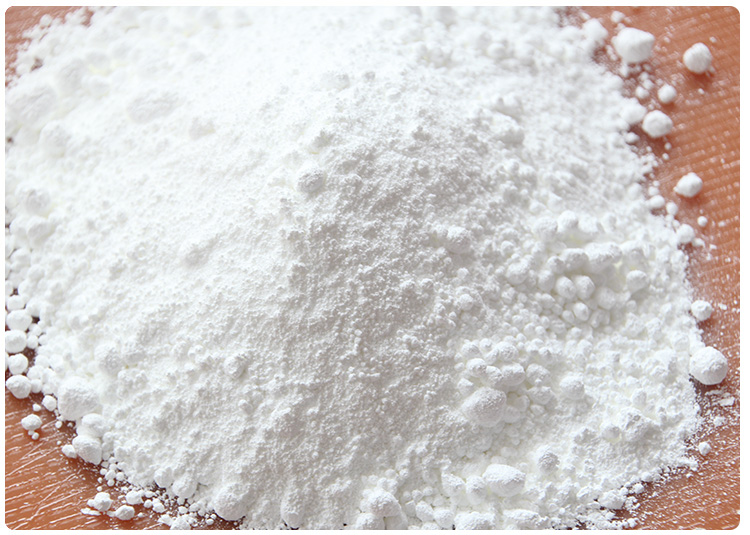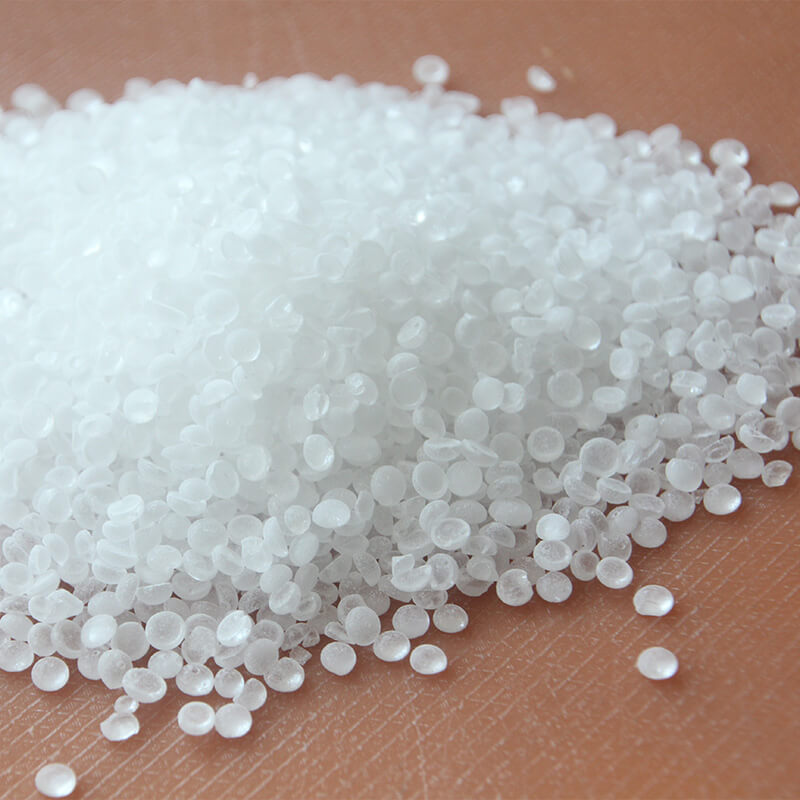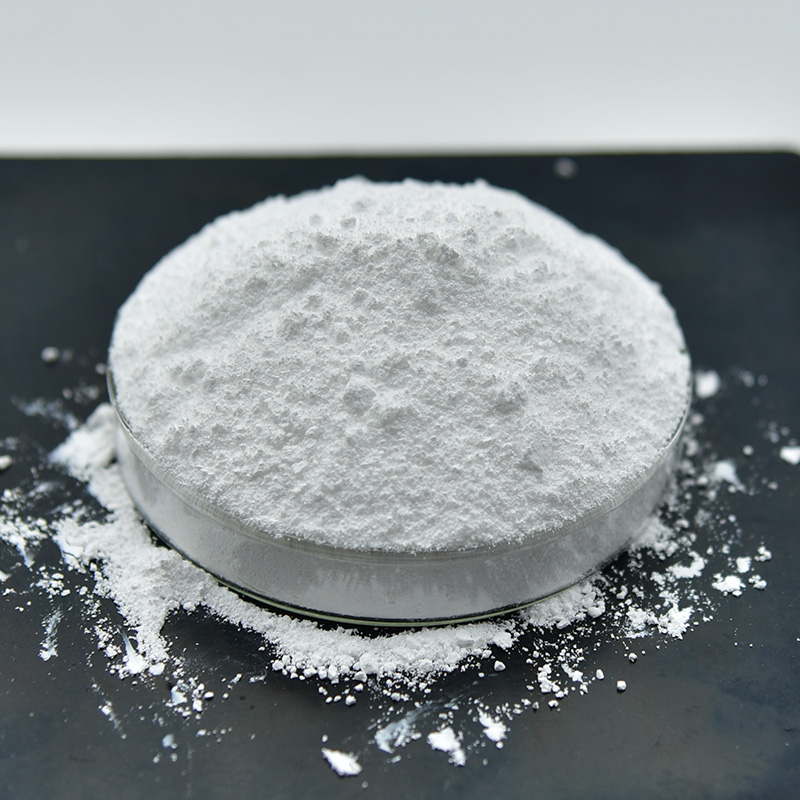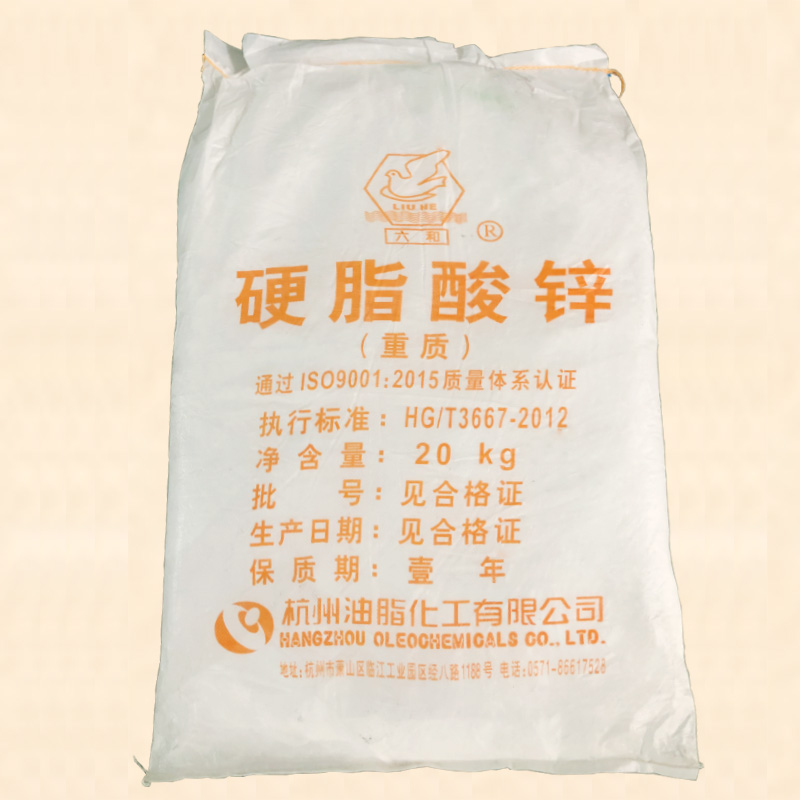styrene-butadiene rubber melting point
- Mingpai
- 2024-06-05 09:13:35
Styrene-Butadiene Rubber (SBR) does not have a distinct melting point like many thermoplastics do. Instead, SBR, like other rubbers, undergoes a transition from a glassy solid state to a viscoelastic state when heated, known as the glass transition temperature (Tg), rather than melting.
The glass transition temperature of SBR depends on its composition, specifically the ratio of styrene to butadiene. Generally, SBR with a higher styrene content will have a higher Tg. The glass transition temperature for typical SBR ranges from about -100°C (-148°F) to -70°C (-94°F) but can be influenced by factors such as copolymer composition, molecular weight, and the presence of fillers or plasticizers.
It's important to note that while SBR does not melt, it can degrade or decompose if exposed to temperatures significantly above its operational range, leading to changes in its physical properties and potentially charring or burning. The temperature at which this degradation starts to occur varies but is generally above 200°C (392°F) for most SBR grades. Vulcanized SBR, which has undergone cross-linking, becomes thermoset and cannot be remolded or reshaped by heating without degrading.
